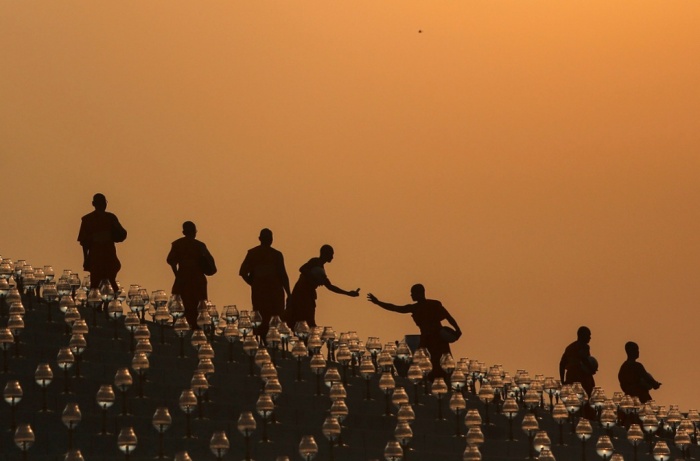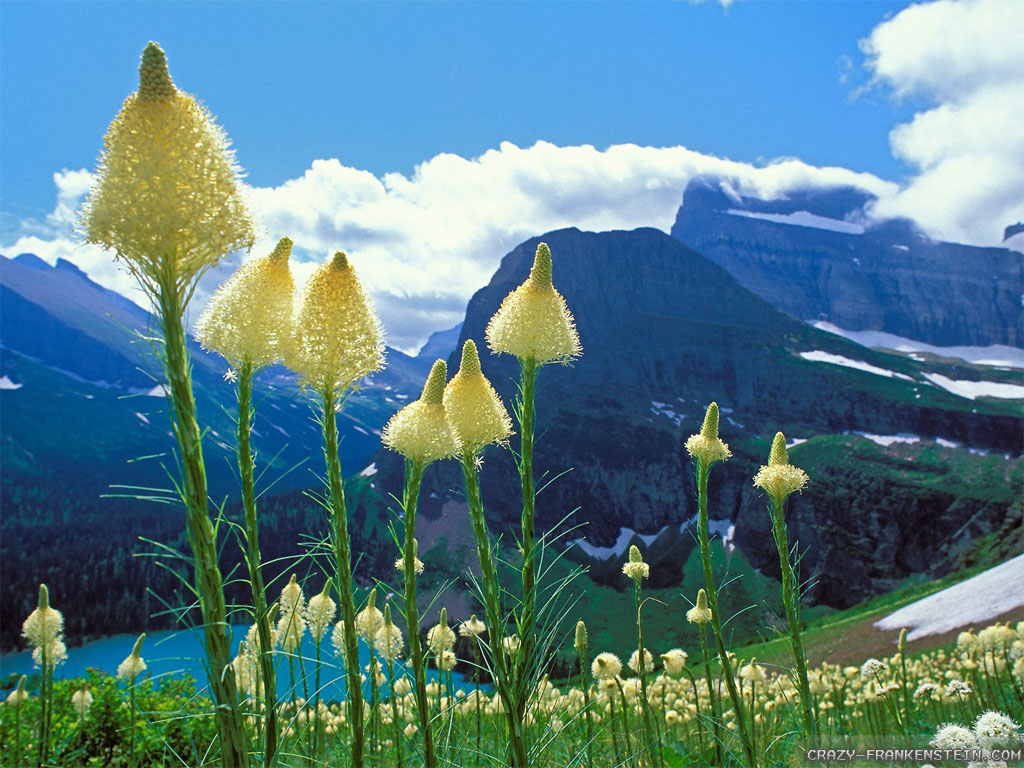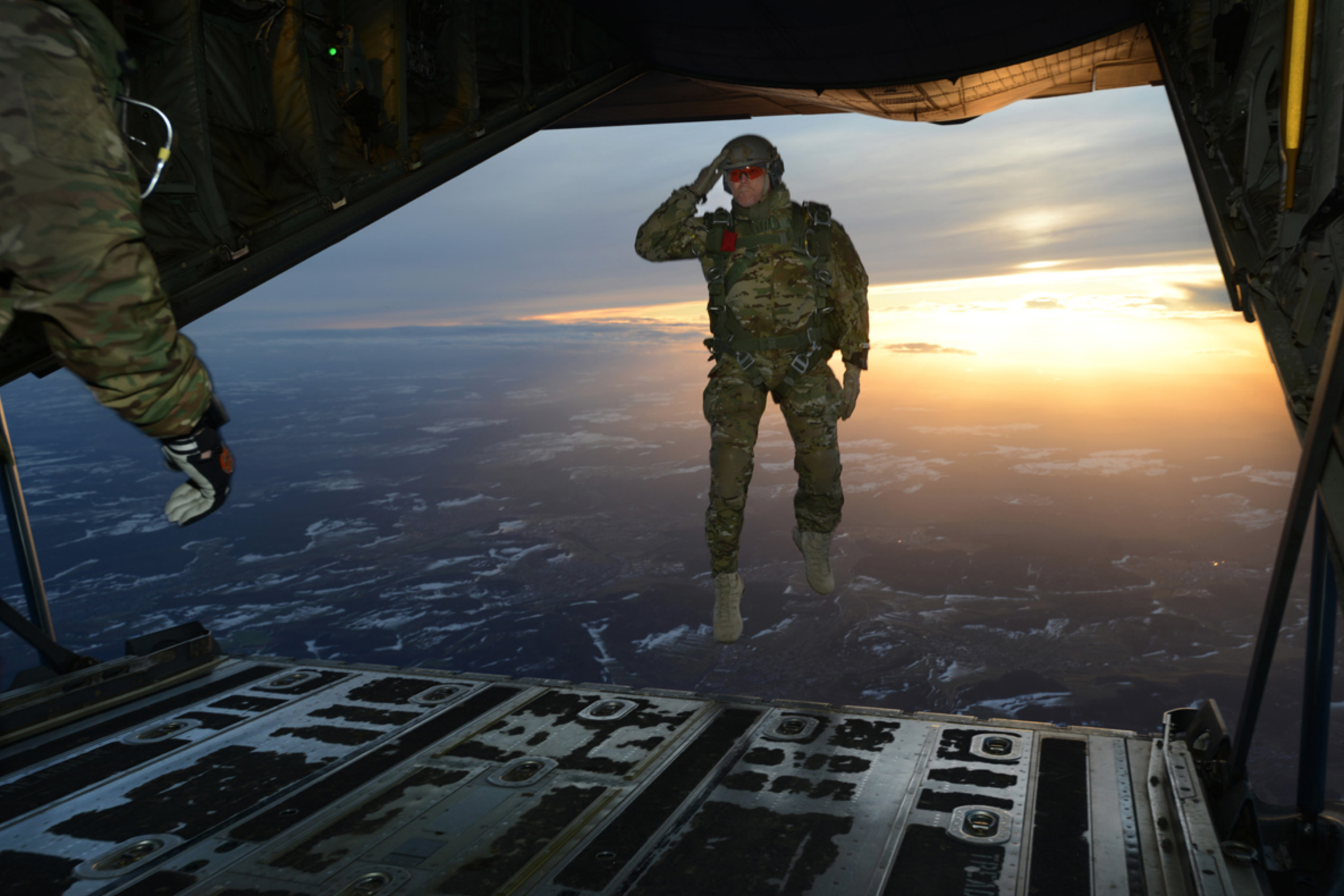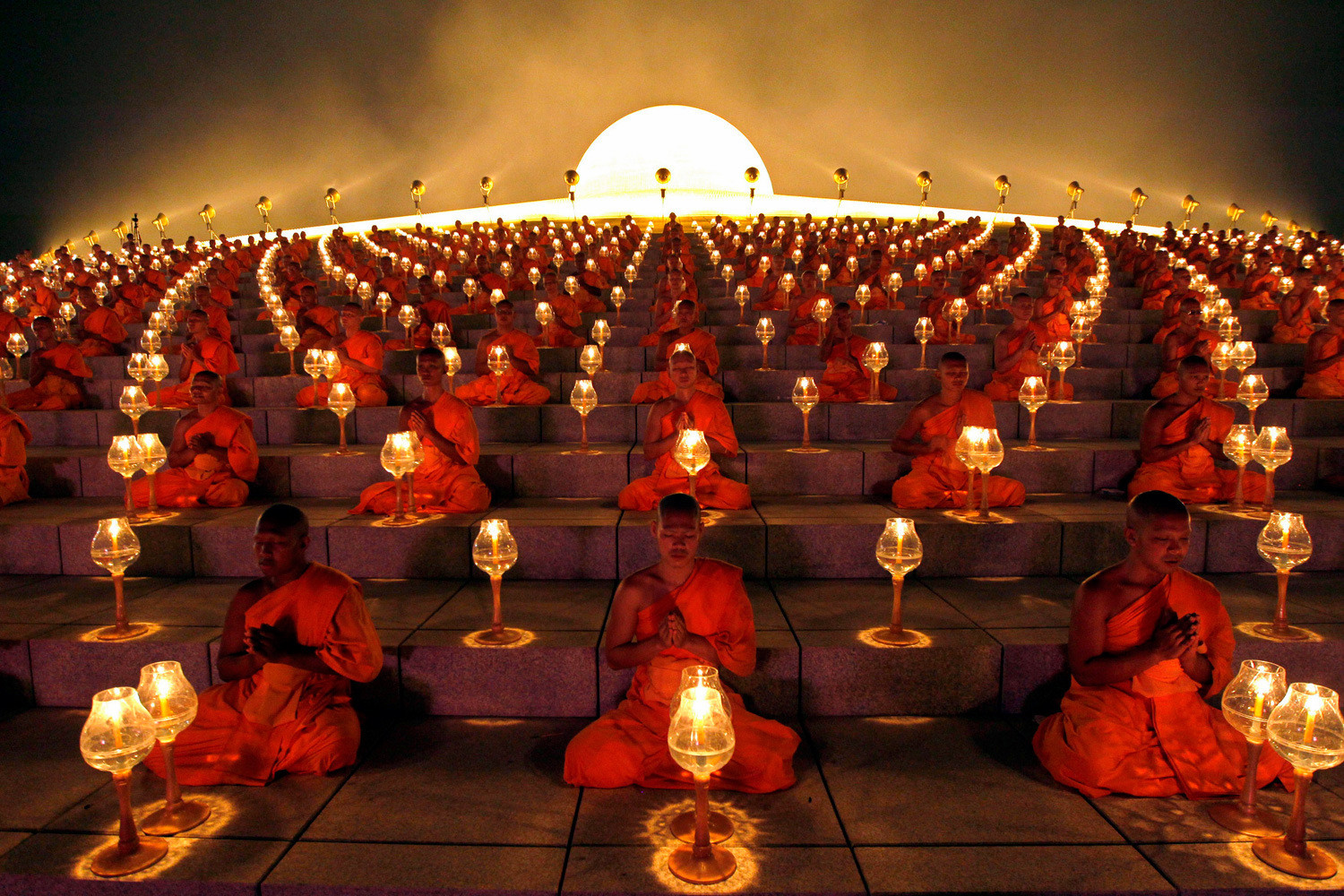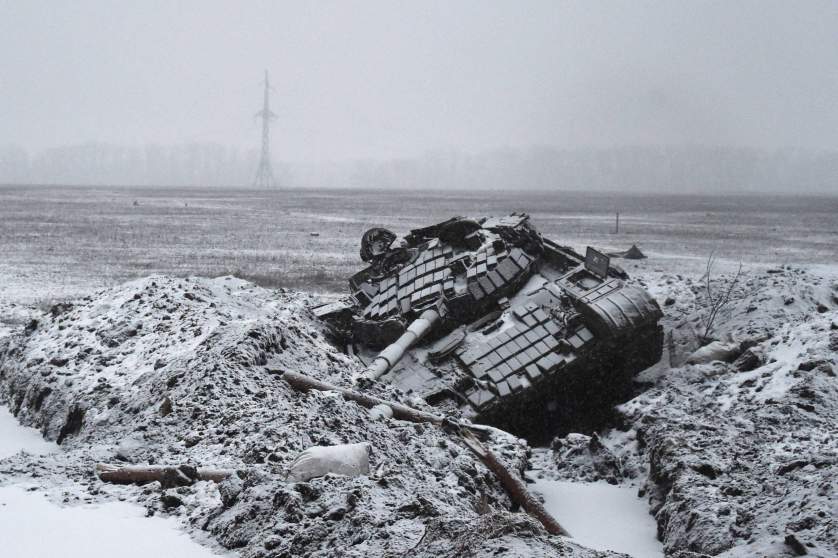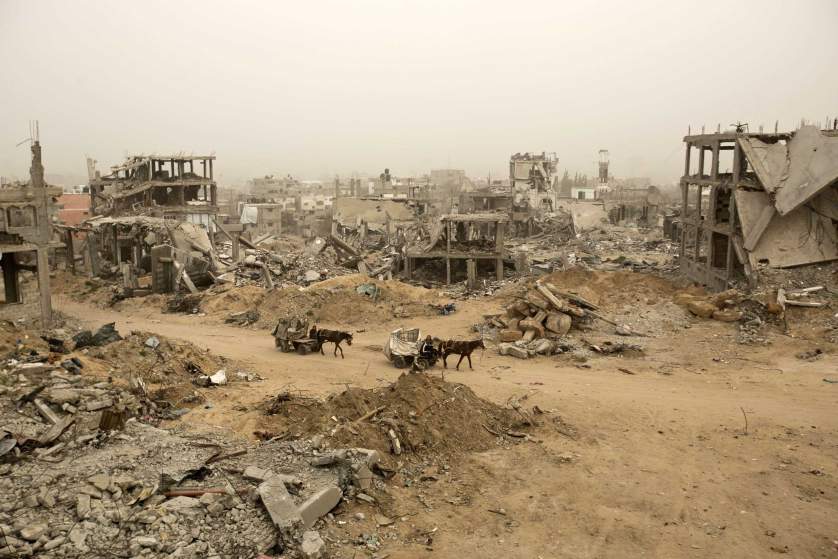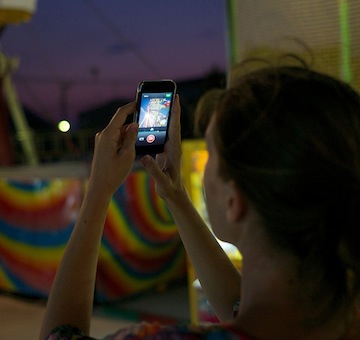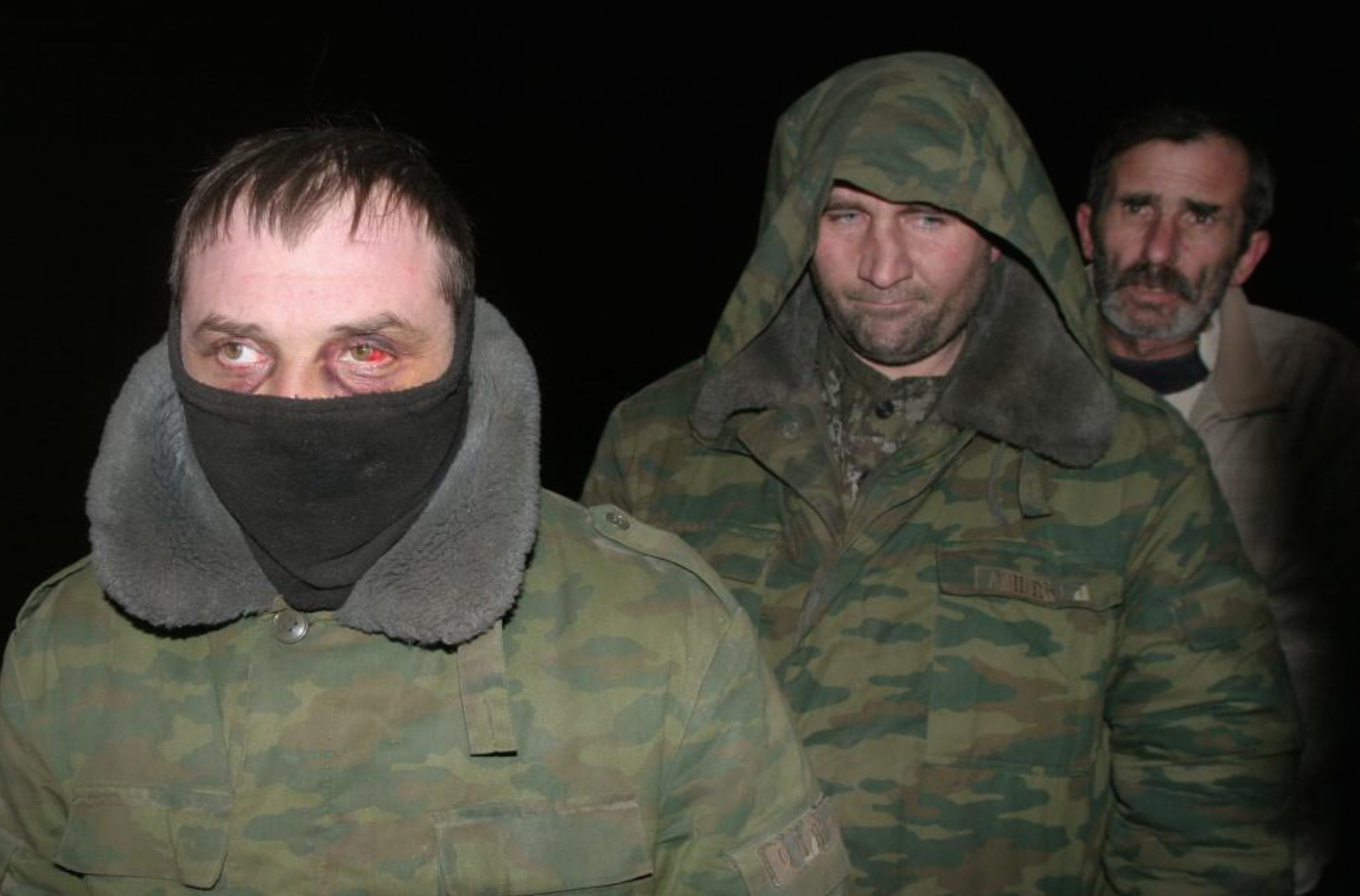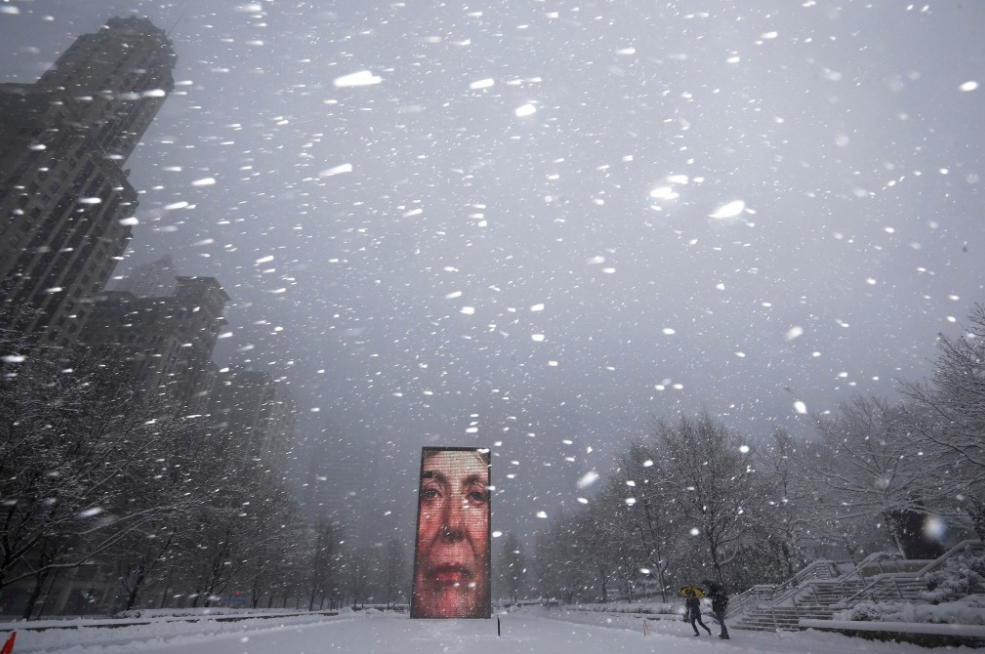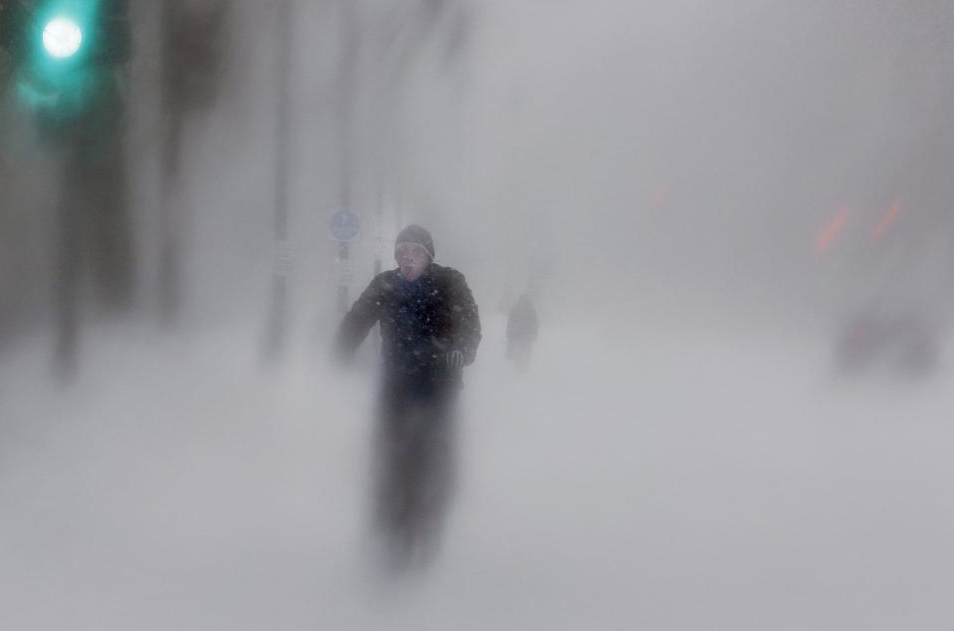I guess we’re doing silhouettes this week. And monks. And springtime religious festivals–in this case, Makha Bucha Day at the Wat Phra Dhammakaya temple in Thailand. As inquiring minds can learn by using the search function at this blog, I’ve posted quite a bit on all of these figures and events. So what’s new?
Nothing, actually, and that may be the point. Modernity is all about novelty, change, progress, so much so that the news is its characteristic discursive form. We want to know what is new, whether good or bad, and how it can be leveraged to move forward into something newer and better. But that relentless forward drive has its costs, not least a need for the sense of stability, order, and serenity that can come from the deep cycles of ritual recurrence. While modern life is not without its rituals, they are for most of us weak things, easily broken or ignored. So it is that we turn to beautiful images to supply what is missing.
Ritual is rarely far from religion, which also has been progressively diminished as part of the relentless disenchantment of the world that characterizes modern societies. Religion is still a strong force in the world, but the alignments are clear: although easily mixed with technological modernization, religious piety and obedience are at odds with the secularization everywhere evident in the more advanced societies. But that comprehensive elimination of spirits and sacred places has its costs, not least a need for re-enchantment. Advertisers and other media industries are more than happy to help, but the result is a very long way from a life of compassion and communion. So it is that we turn to images of a religious dedication otherwise missing in our everyday life.
This photograph of the silhouetted monks at sunrise is hardly news, but it is a beautiful tableau of ritual reassurance and the possibility of holiness. The thick, warm light is a medium not of sudden enlightenment, but rather of the radiance of being itself. Each monk is isolated as a specific individual with a specific destiny, yet never one that is any farther away from sacred envelopment. Their implicit community is confirmed by the cooperative gestures of the dyad in the middle, who double as tokens of attentive care and discipline. Monks work, it seems, and yet the scene looks nothing like the workplaces we know so well. The scene is all too otherworldly, which is why we look at it, vaguely wishing that it might somehow–not literally, but somehow–be the mirror image our own experience.
Makha Bucha Day celebrates an anniversary of the Buddha’s enlightenment when an assembly of monks formed spontaneously at the sacred site, and it occurs at the time of a full moon. Each of these senses of the event are reflected in the photograph above: the enlightenment has already happened, the community emerges naturally, and in accordance with a cyclic occurrence of reflected light. The photograph succeeds, then, in respect to its initial context, but it travels because it is about something else: those of us who are not monks, caught up too much of the time in a different Enlightenment, organized every way but spontaneously, and missing though not really working for a deeper sense of the sacred in our lives.
Photography fills that need, and not just with images of the relatively few monks in the world. (Search for “abundance” to see more about that in previous posts.) It provides images of the sacred that can be fitted easily into the routines of a secular society. One could criticize the medium in respect to every part of that sentence, but I won’t. Modernity is here, even if not to stay. The supplement adds to and may eventually displace, but that is another story. For now, during a season of reflection in many religions around the globe, it may be enough to have a glimpse of another way of being that is at once simple and sustaining. Even if, like the moon, it is farther away than it appears.
Photograph by Damir Sagoli/Reuters.
